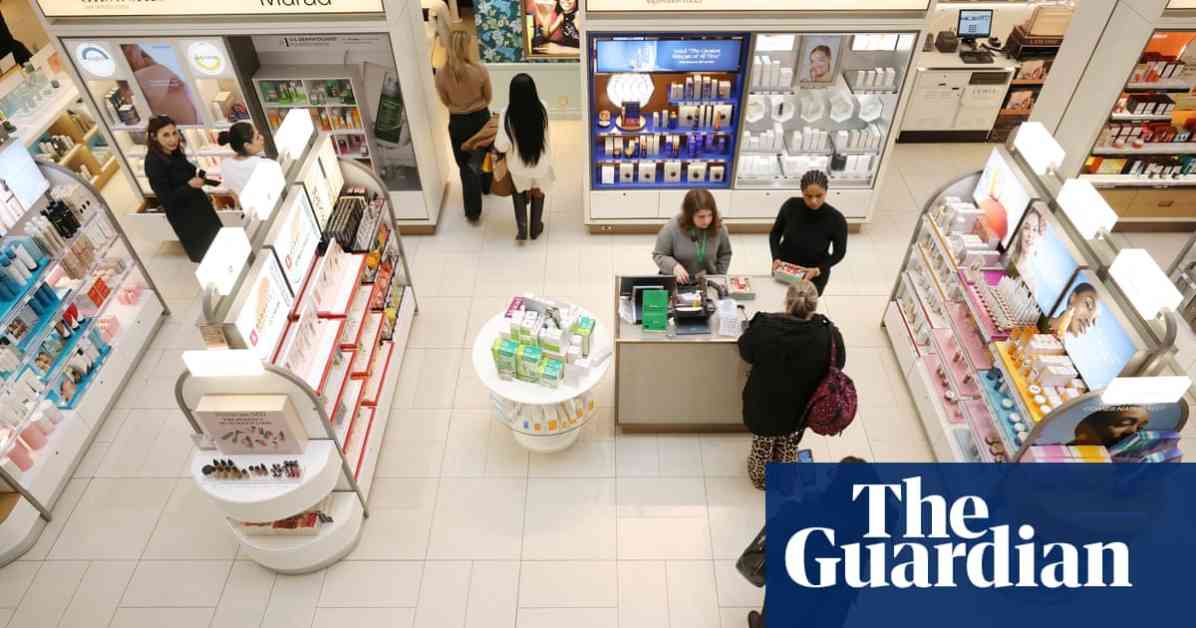During the Covid pandemic, many department store beauty halls saw a decline with their assistants being stood down. However, it seems that these temples of pampering are making a strong comeback as Britons focus on looking and feeling good. This week, John Lewis unveiled a revamped beauty hall in its Oxford Street store, which is now almost 25% bigger and features 175 brands.
The trend of investing in beauty halls is not unique to John Lewis. Rival chain Fenwick recently transformed its Newcastle branch into the “largest beauty hall outside London,” while Selfridges also spent millions refurbishing its beauty floor in the main London store on Oxford Street. This investment aligns with new data showing a booming trend in spending on designer cosmetics, haircare, and fragrance. In the 12 months leading up to September, Britons spent nearly £4bn on these products, marking a significant increase of over 10% from the previous year.
According to Circana, a data company, consumers now consider luxury beauty purchases as an essential part of their physical and emotional well-being. This shift in mindset has led to an increase in both the value and quantity of products sold, outpacing other areas of spending like groceries and toiletries. While online sales of beauty products have surged due to deep discounts, the combination of online and in-store presence remains crucial for many brands to drive sales.
The pandemic was a challenging time for department stores, with about a quarter of the UK’s stores closing their doors since 2020. This decline has been notable, with only around 800 department stores remaining, down from 1,073 four years ago. The closure of major chains like Debenhams, a significant player in the beauty industry, has left a void that surviving brands are now trying to fill by keeping up with consumer demands for the latest trends.
The return of specialist beauty retailer Sephora to the UK market has introduced a new competitive landscape, with its self-service stores described as a “candy shop for adults.” This modern approach to beauty retailing has influenced the new-look John Lewis beauty hall, which now offers a more relaxed and interactive shopping experience. Helen Spencer, the head of beauty at John Lewis, emphasized the shift towards a hands-on and discovery-focused shopping experience, moving away from traditional counter-based interactions.
In conclusion, the resurgence of beauty halls in department stores like John Lewis reflects a growing trend of consumers prioritizing self-care and luxury beauty products. The evolving retail landscape, influenced by online sales and new competitors like Sephora, is driving stores to adapt and provide unique, engaging experiences for shoppers. The future of beauty retailing seems to be moving towards a more interactive and experiential model that combines the best of both online and in-store shopping.
